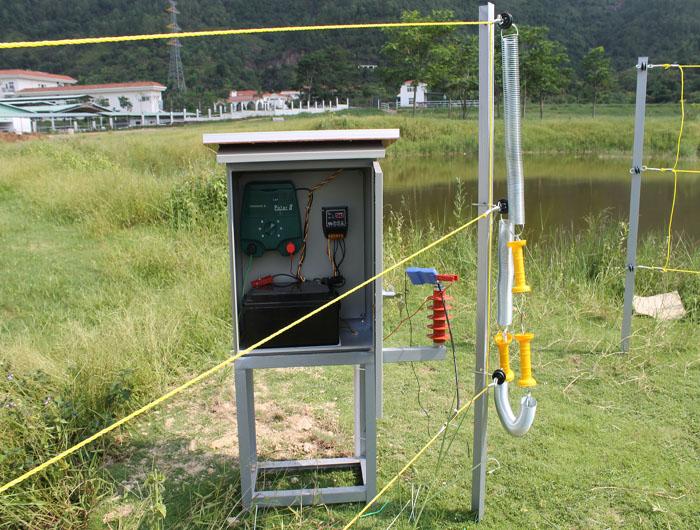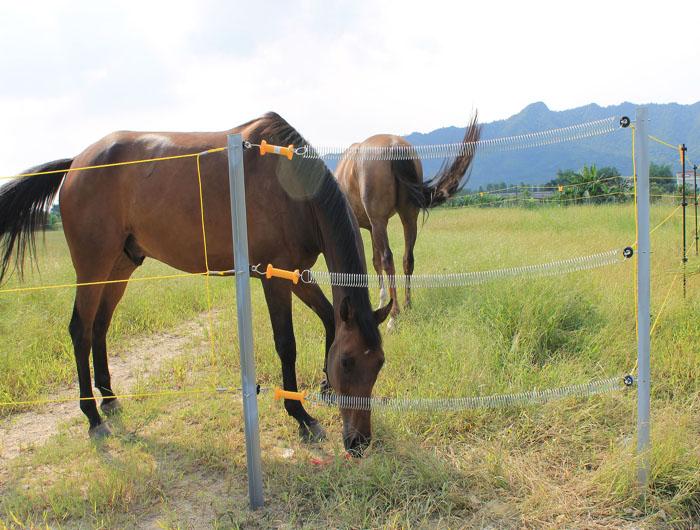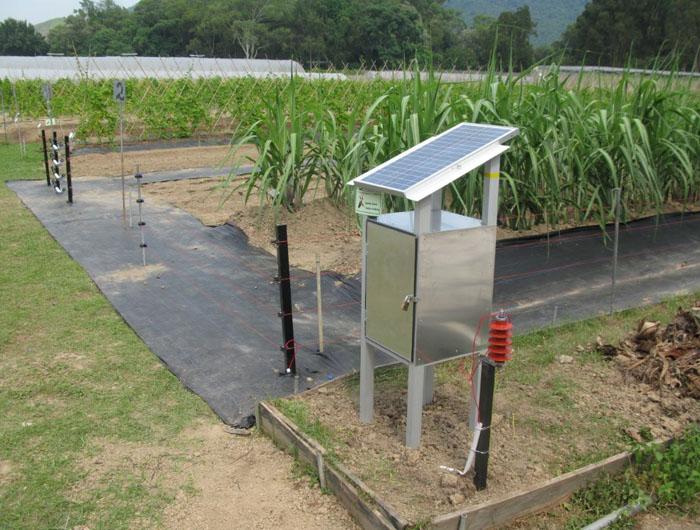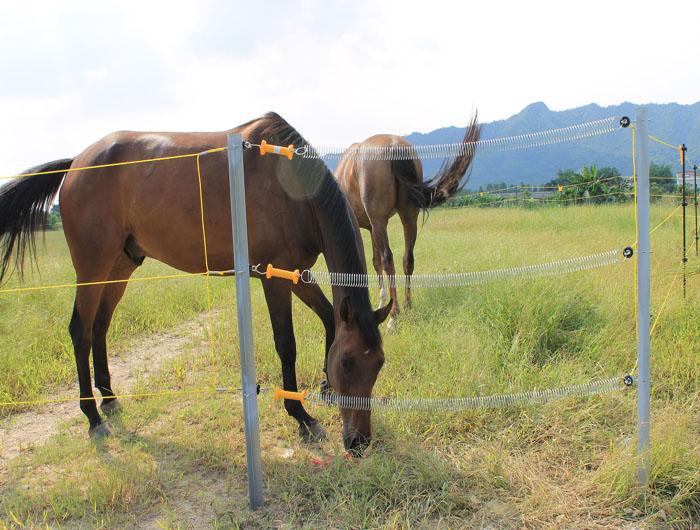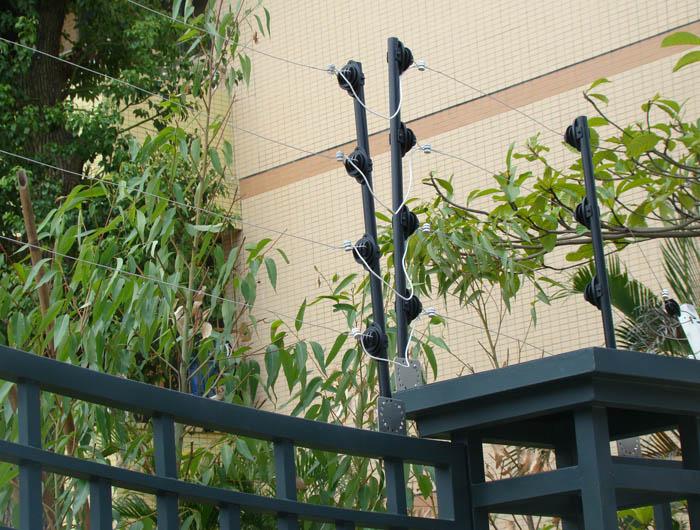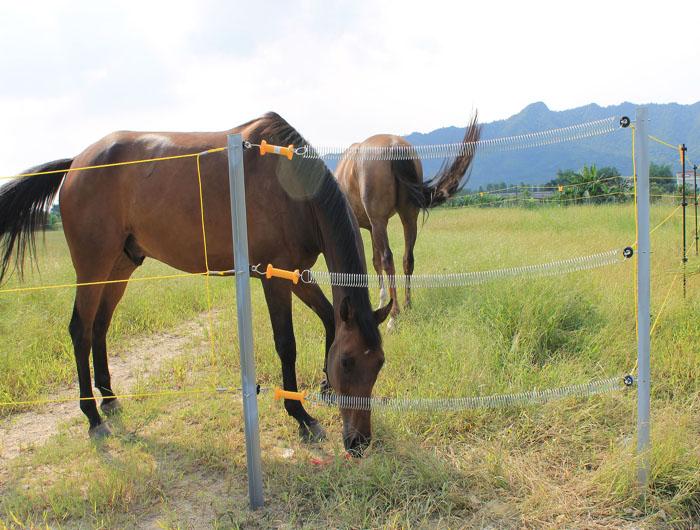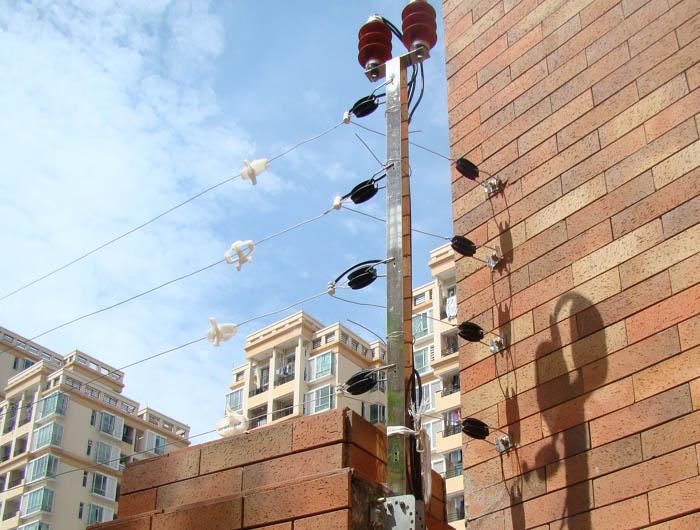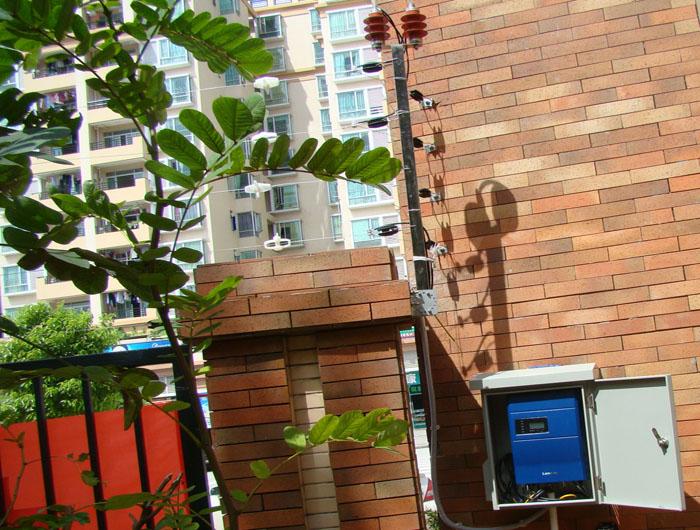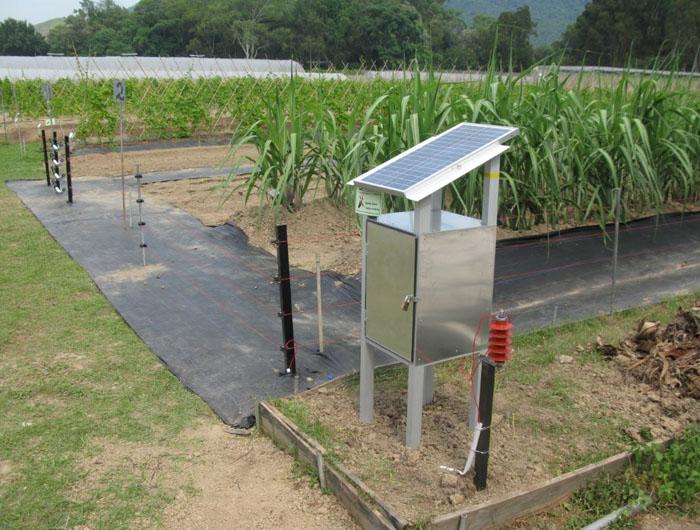There’s a moment you have when you
realize your cattle or other livestock have breached your electric fence. In
that moment – the same moment you’re chasing after your animals as they fan out
over the countryside – you wonder “What went wrong with the fence?”
You can save yourself these kind of
headaches by regularly testing your fence and addressing issues as they arise.
When you find your fence has lost power, is running low voltage or has dropped
a charge somewhere along your fence line, you will need to find out what went
wrong.
Zareba® Systems has five helpful diagnostic tests to suggest
for your electric fence troubleshooting. It’s best to test a system in the order
presented here so that the issues that cause broad problems are checked first.
We recommend having a fence tester ready so that you can properly test your
fence. Zareba® Systems offers a variety of fence
testers for your needs.
TEST ONE – BATTERY/POWER CHECK
If your fence has completely depowered, your battery or power source may be at fault. Here is how to determine whether power is being delivered from your power sources.
· Outlets
– Your fence tester can’t
be used on an outlet, but a simple test is to plug in another electrical device
(such as a light) into the outlet and check if that works. If that item doesn’t
power up properly, consult an electrician. The outlet should be delivering
between 105 to 125 volts to the charger.
· Solar
– Use your voltage tester to measure your battery voltage. If it is
underperforming, you may need to replace it. The batteries inside solar
chargers are meant to last about 1,000 days (3 years), and after that point,
it’s advised that you obtain a new one. Further, a solar battery could
lose its charge after an extended time without sunlight or minimal sunlight. A
12-volt battery should test at 12 volts to properly energize a charger. A
6-volt or 6/12-volt battery should show a minimum of 6 volts in a test.
· Battery
– If you have a battery-operated, non-solar, DC fence charger,
you should check your DC battery to see if it is delivering the appropriate
charge. Your battery may have been drained by a short somewhere along the fence
or if animals are frequently testing the fence, so check for shorts before
reconnecting this battery.
“a day is a miniature of eternity.”
— emerson

